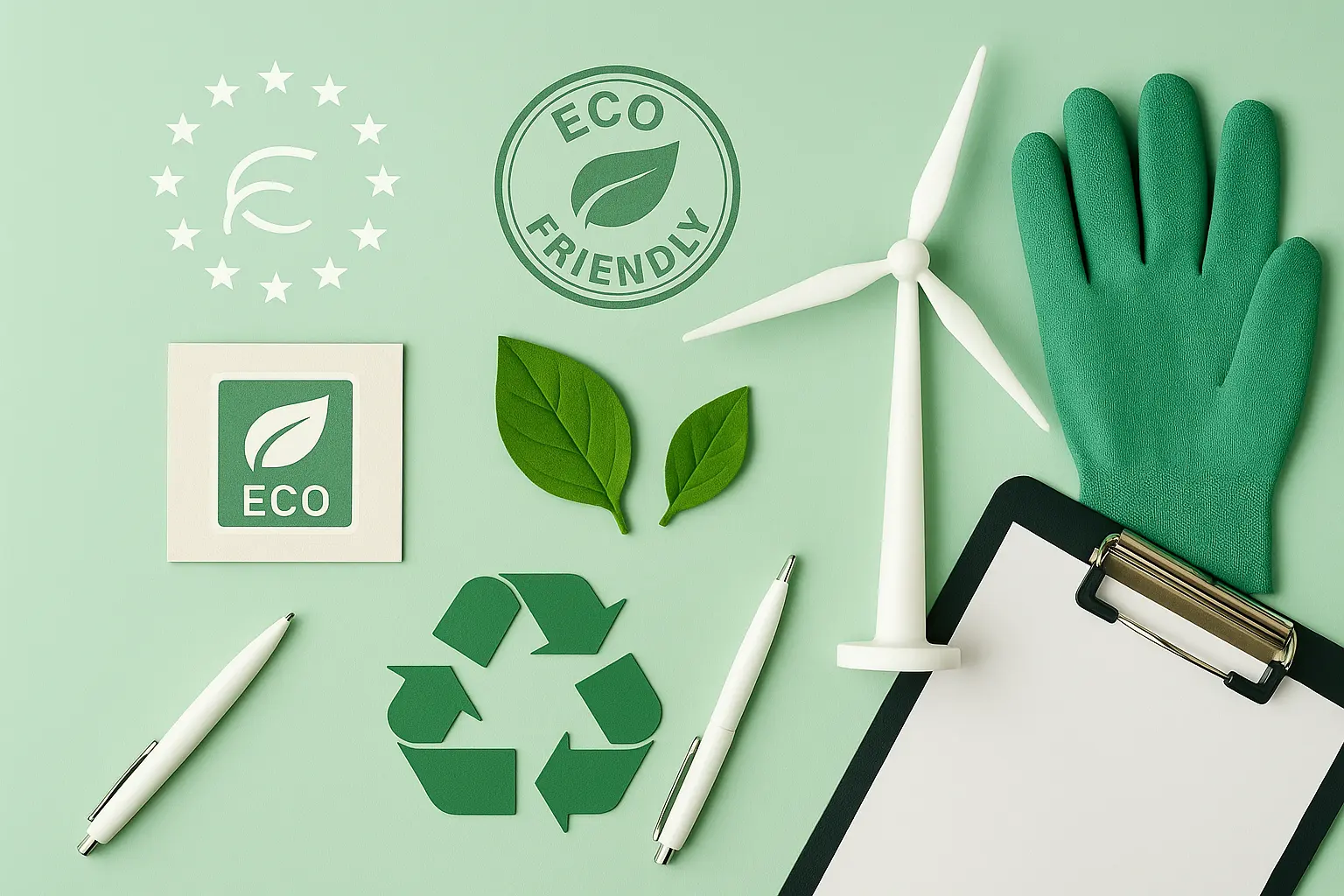Blue Angel Environmental Certification
The Blue Angel certification is one of the most prestigious environmental labels in Europe. Issued by the German Federal Environment Ministry and awarded to products that meet stringent environmental criteria, it serves as a benchmark for sustainability and eco-friendliness.
This certification covers a wide range of product groups including household appliances, electronics, office equipment, furniture, textiles, building materials, automotive components, and more. It ensures that the products comply with strict environmental standards set by the European Union (EU) and beyond.
The Blue Angel label is not only about compliance but also aims to promote innovation in environmentally friendly technologies. Manufacturers who achieve this certification are encouraged to continuously improve their products' sustainability performance. This includes reducing resource consumption, minimizing waste generation, and decreasing harmful emissions throughout the product lifecycle—from design to disposal.
For quality managers, compliance officers, R&D engineers, and procurement professionals involved in sustainability initiatives or eco-label programs, obtaining Blue Angel certification can provide significant benefits. It enhances brand reputation by demonstrating commitment to environmental responsibility, opens up new market opportunities through broader consumer appeal, and ensures regulatory compliance which is crucial for avoiding costly penalties.
To earn this prestigious label, manufacturers must undergo rigorous testing based on internationally recognized standards such as ISO 14025 (Type I Environmental Labeling). The certification process involves thorough evaluation of environmental impacts associated with production processes, raw materials used, energy efficiency levels, and end-of-life treatment options. Only those products meeting all specified criteria are granted the Blue Angel seal.
The Blue Angel label plays a crucial role in promoting sustainable consumption patterns among consumers who increasingly demand eco-friendly alternatives. By choosing certified products, individuals contribute positively towards reducing overall environmental footprint while supporting responsible business practices.
Applied Standards
| Standard | Description |
|---|---|
| ISO 14025:2006 | Type I Environmental Labeling and Declarations - Requirements for Validity, Use and Communication of the Declaration. |
| ISO 14024:2006 | Type II Environmental Labeling - Requirements for Validity, Use and Communication of the Declaration. |
| ISO 14067:2013 | Environmental Labels and Declarations - Principles, Requirements and Guidelines for the Use of Environmental Claim Categories. |
| ISO 14021:2013 | Type III Environmental Labeling - Requirements for Validity, Use and Communication of the Declaration. |
These international standards form the foundation upon which Blue Angel certification is built. They ensure that all products seeking this recognition adhere to high environmental performance benchmarks. Compliance with these guidelines not only guarantees successful application but also underscores a company’s dedication to sustainable development goals.
Quality and Reliability Assurance
The rigorous process of obtaining Blue Angel certification demands meticulous quality control measures throughout the entire supply chain. From sourcing raw materials to manufacturing processes, every stage must comply with stringent criteria designed to minimize adverse environmental impacts.
Manufacturers are required to document their efforts towards sustainable practices rigorously. This documentation includes lifecycle assessments (LCAs), which analyze the environmental effects from the extraction of raw materials through production, use, and disposal phases. LCAs provide valuable insights into where improvements can be made within each phase of a product’s journey.
Additionally, companies must demonstrate continuous improvement initiatives aimed at enhancing their products’ sustainability profiles over time. This includes adopting cleaner technologies, optimizing resource usage, and exploring alternative materials that have lower environmental footprints compared to conventional options.
Testing laboratories play an integral role in this certification process by independently verifying the claims made by manufacturers regarding their product’s environmental attributes. Using state-of-the-art analytical instruments calibrated according to relevant standards ensures accurate measurement of key indicators such as energy efficiency, water usage rates, and greenhouse gas emissions.
The results from these tests are then reviewed by experts who assess whether they meet the necessary thresholds outlined in the Blue Angel criteria. Passing this review signifies that a company has successfully demonstrated its products’ compliance with international standards for environmental labeling.
Use Cases and Application Examples
- Domestic Appliances: Refrigerators, washing machines, dishwashers designed to consume less energy while still offering efficient performance.
- Cars: Vehicles equipped with advanced hybrid or electric propulsion systems that significantly reduce carbon dioxide emissions during operation.
- Furniture: Pieces made from sustainably sourced wood and finished with low-VOC (volatile organic compounds) paints, promoting healthier indoor air quality.
- Batteries: Rechargeable batteries optimized for longer lifespan and easier recycling after use to minimize landfill waste.
- Paper Products: Printing paper manufactured using recycled fibers instead of virgin wood pulp, reducing deforestation impacts.
- Building Materials: Roof tiles designed to reflect sunlight rather than absorb it, thereby lowering cooling costs for buildings during hot summers.
These examples illustrate how various industries can benefit from achieving Blue Angel certification. The label not only enhances market competitiveness but also fosters innovation by encouraging manufacturers to explore greener solutions that align with global sustainability trends.





